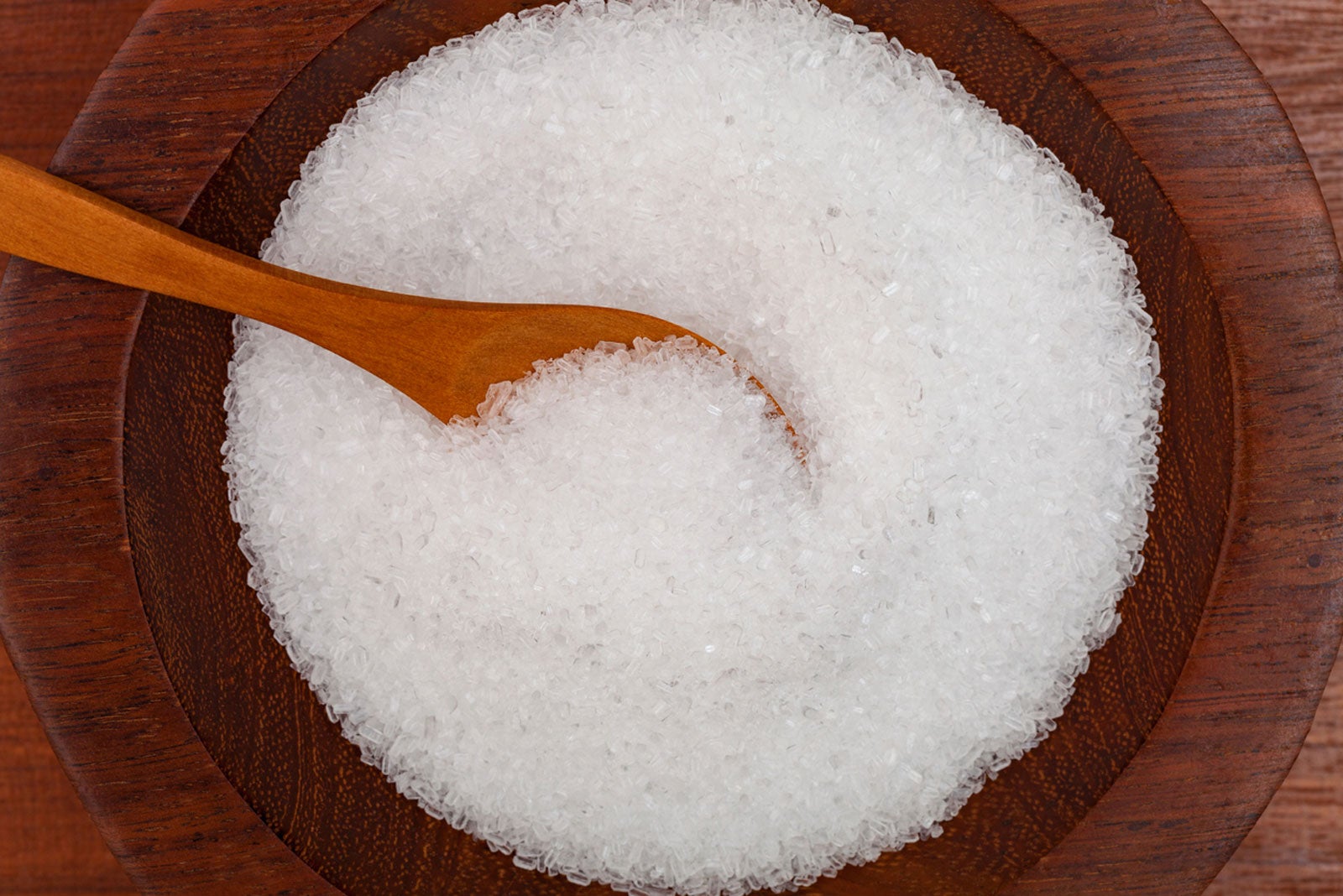Epsom Salt in Gardening: What Plants Don't Like Epsom Salt and Just How to Change
Epsom Salt in Gardening: What Plants Don't Like Epsom Salt and Just How to Change
Blog Article
Learn Regarding the Details Plants That Are Adversely Impacted by Epsom Salt Application
Epsom salt, a popular home solution for different horticulture problems, is commonly praised for its beneficial results on plant growth. Comprehending the particular plants that can be detrimentally influenced by Epsom salt is crucial for any type of gardener looking to optimize their plant care regimen.
Roses

Roses, specifically sensitive to adjustments in their atmosphere, can be negatively impacted by the application of Epsom salt. While Epsom salt is generally used as a plant food to advertise plant growth and improve blooming, roses are just one of the plants that do not react well to its application. The high magnesium web content in Epsom salt can hinder the uptake of various other important nutrients by the rose plants, leading to deficiencies that show up as yellowing fallen leaves or stunted growth.

Tomatoes
While Epsom salt is often proclaimed as a treatment for different plant concerns, including blossom end rot in tomatoes, its application can lead to harmful outcomes if not utilized sensibly. Too much Epsom salt, which is magnesium sulfate, can interrupt the delicate nutrient balance needed by tomatoes, possibly leading to deficiencies in other essential nutrients like calcium. When thinking about the usage of Epsom salt on tomatoes, it is important to stick to recommended application rates and soil testing to stop unintentional repercussions on the overall wellness and efficiency of these beloved yard plants.
Peppers
Peppers, prized for their various shades and levels of spiciness, can demonstrate vulnerability to adverse influences from Epsom salt when not used with care and consideration for their certain dietary demands. what plants don't like epsom salt. Peppers, coming from the Solanaceae family, require a fragile balance of nutrients to prosper. While Epsom salt is recognized to improve magnesium degrees in plants, excessive application can interrupt this equilibrium, causing damaging impacts on pepper plants
When peppers are exposed to high levels of magnesium from Epsom salt, it can interfere with the plant's capability to soak up other essential nutrients like calcium and potassium. This discrepancy might show up in signs such as leaf discoloration, stunted growth, and decreased fruit manufacturing. In addition, the excessive magnesium can change the dirt pH, additional exacerbating nutrient uptake problems for peppers.

Rhododendrons
Offered the level of sensitivity of certain plant types to inequalities triggered by Epsom salt, it is necessary to think about the influence on Rhododendrons, which additionally call for details nutrient levels to flourish. Rhododendrons are acid-loving plants that prefer acidic soil conditions with a pH array between 4.5 and 6.0. Epsom salt, chemically referred to as magnesium sulfate, can change the soil pH and interrupt the fragile equilibrium of nutrients important for Rhododendron health.

To preserve the optimal growth and health and wellness of Rhododendrons, it is important to avoid the unplanned usage of Epsom salt and rather concentrate on offering the specific acidic dirt conditions and nutrients that these plants require for flourishing.
Azaleas
These popular flowering plants are commonly found in parks, gardens, and landscapes due to their elegance and flexibility. While Epsom salt is generally made use of as a solution for magnesium shortage in plants, its application to azaleas can have unfavorable impacts.
When Epsom salt is put on azaleas, it can change the dirt pH, making it much more acidic. Azaleas choose slightly acidic soil problems, and an excess of magnesium from Epsom salt can disrupt this equilibrium, resulting in nutrient inequalities and prospective toxicity issues. The inaccurate application of Epsom salt can lead to stunted growth, yellowing of leaves, and total decrease in the health and wellness of azaleas. Therefore, it is vital to be cautious when considering making use of Epsom salt on azaleas to stop any type of adverse consequences on these delicate ornamental hedges.
Verdict
To conclude, it is necessary to Go Here be knowledgeable about the certain click to read plants that can be detrimentally influenced by the application of Epsom salt. Roses, tomatoes, azaleas, peppers, and rhododendrons are some examples of plants that may not gain from Epsom salt and might even experience injury. It is critical to study and comprehend the demands of each plant types prior to using Epsom salt as a fertilizer to ensure their health and wellness and wellness.
Comprehending the certain plants that can be adversely influenced by Epsom salt is critical for any type of gardener looking to maximize their plant care routine. While Epsom salt is commonly made use of as a fertilizer to promote plant development and enhance blooming, roses are one of the plants that do not respond well to its application.Too much use of Epsom salt can also result in a build-up of salts in the soil, leading to root damages and dehydration of the rose plants. While Epsom salt is understood to enhance magnesium levels in plants, too much application can disrupt this equilibrium, leading to adverse effects on pepper plants.
The high salt material in Epsom salt can additionally dry out Rhododendron origins, triggering additional stress and anxiety and damage to the plant. (what plants don't like epsom salt)
Report this page